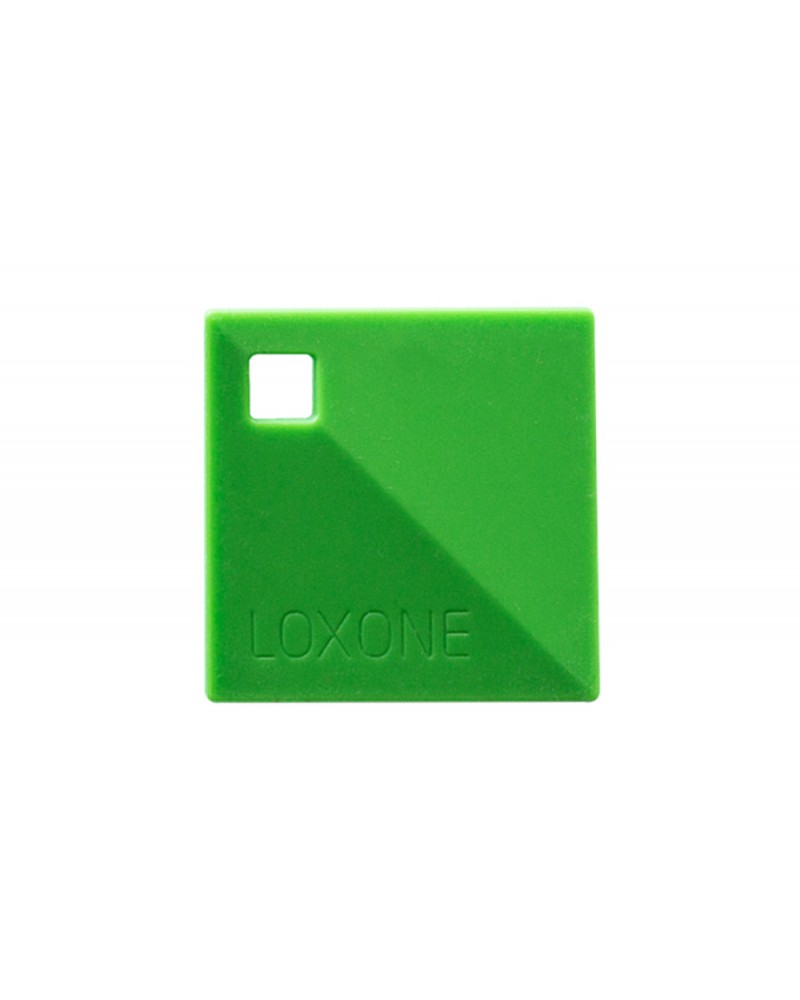
I’ll be looking at their usability within the enterprise with Azure AD.

While there are a series of articles out there about security keys, most of them focus on the consumer side and the range of features they support – some keys support FIDO U2F, FIDO2, smartcard, OTP, and so on. So here I am, with a smattering of FIDO2 security keys (referred to further within just as security keys or simply keys). The private key still never leaves the FIDO2 security key, but you have the convenience of using the same set of credentials on whatever device you connect it to. But unlike WHfB, where the key-pair is bound to the TPM, FIDO2 security keys allow for secure portability of those credentials. As with Windows Hello for Business (WHfB), they provide the power of asymmetric key-pair based authentication. The work for the site that will replace this post is making good progress, and I hope to be reviewing new keys again in February 2023.įIDO2 security keys are increasingly becoming the “modern smartcard” for organizations that are looking to go passwordless within the Microsoft ecosystem of cloud and hybrid identity. This only matters if you're trying to use this tag with a phone/tablet.After moving hosting providers, I’ve noticed a few oddities with how this content transferred over, but those should be resolved. In ~2014, the NFC forum decided not to support this chipset anymore, so newer phones do not support it. These use a ISO/IEC 14443 Type A chipset, which used to be the 'classic' NFC chipset. There is also a permanent 4-byte ID burned into the chip that you can use to identify one tag from another - the ID number cannot be changed. You can use our PN532 NFC/RFID breakout board or Adafruit NFC/RFID Shield for Arduino to read and write data to the EEPROM inside the tag.

These chips can be written to & store up to 1 KB of data in writable EEPROM divided into banks, and can handle over 100,000 re-writes. These can be read by almost any 13.56MHz RFID/NFC reader but make sure it can handle ISO/IEC 14443 Type A cards as there are a few other encoding standards (like FeLica) They are tested and work great with both our PN532 NFC/RFID breakout board and Adafruit NFC/RFID Shield for Arduino! The tag contains a small RFID chip and an antenna, and is passively powered by the reader/writer when placed a couple inches away.

This is a blank 13.56MHz RFID/NFC card - often used for train/bus passes but also found in other systems where a proximity card is desired.


 0 kommentar(er)
0 kommentar(er)
